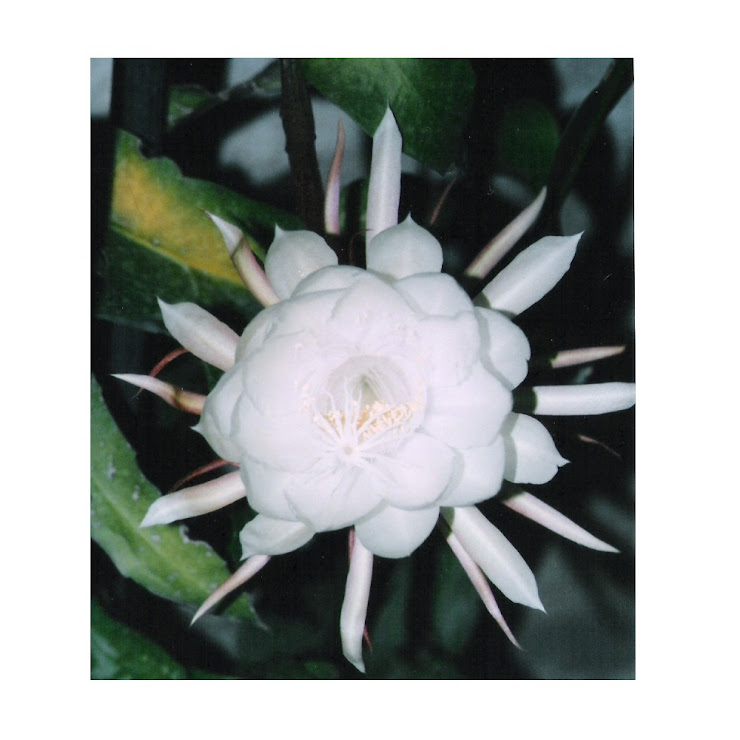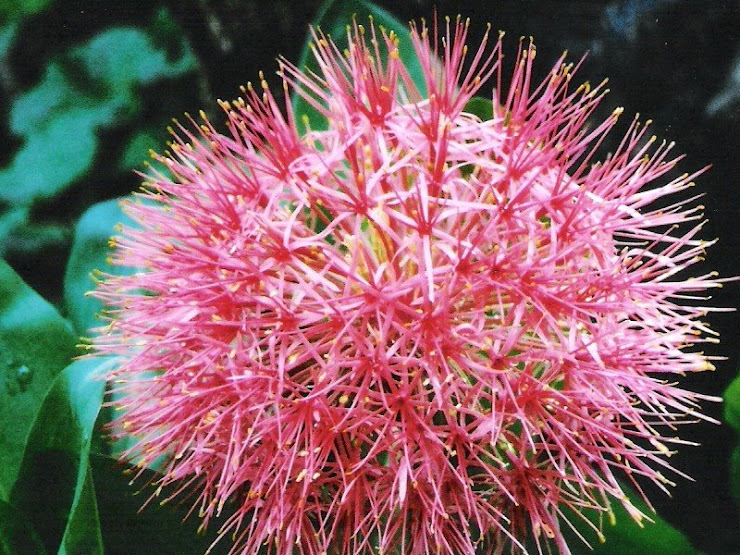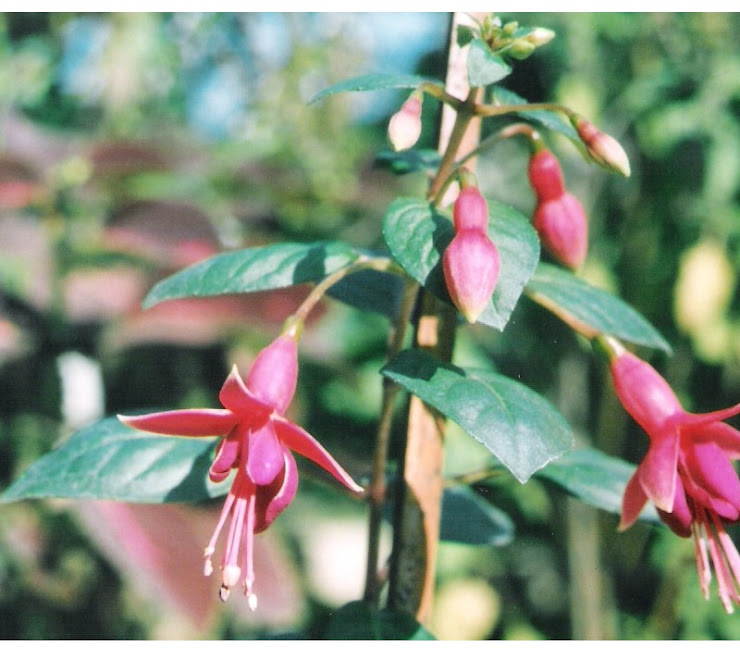PLANT PROPAGATION METHODS
Plants can be propagated by two methods, namely - sexual and asexual.
Sexual Propagation: Seed formation takes place only after pollination. After fertilization, seeds are formed. Seeds when sown give rise to new plants. Some bisexual flowers are self sterile, that is, pollens from a flower, when deposited on the female part of the same flower will fail to fertilize it. In some bisexual flowers like Salvia, pollens and female parts from the same flower mature at different time to prevent self- pollination. For artificial pollination for cross breeding purpose pollens from a mature flower are collected and deposited on the receptive stigma (female organ) of another flower. This process can give rise to hybrid plants.
Asexual Propagation: This process is also called as vegetative propagation. Stem cuttings, root cuttings, leaf cuttings, root division, layering, grafting and budding are all vegetative methods of propagation.
Stem Cuttings: Herbaceous stem cuttings of plants like Dahlia, Mint, Portulaca etc. easily root. They do not need any special treatment. In herbaceous plants tender, growing and leafy sections make better plants. Semi-hard cuttings like Schefflera, Aralia, Philodendrons, and Hibiscus can be easily rooted. Hardwood cuttings of Bougainvillea, Ixora etc. can be rooted with good amount of success if root promoting hormones are used. These hormones - normally available in powder form - are applied on the lower end of the cutting.
Roots are formed in greater number on nodes. So, when planting a stem cutting, at least two to three nodes should be inserted in the planting medium. In hardwood cuttings particularly, to reduce drying through transpiration, some of the leaves should be removed. In semi-hard and hardwood cuttings survival rate will be much higher if cuttings are taken with a heel.
Cuttings will strike roots faster in a porous and well aerated medium, which drains out water quickly but retains moisture for longer periods. Sand, brick / charcoal pieces, rice husk, peat moss or vermiculite can be used to make soil porous. Newly planted cutting must not be kept in complete shade. If kept in semi-shady locations, warmth of sunlight will encourages faster rooting. Watering should be done with a sprinkler attached to a hose or to a watering can.
Root Cuttings: Some plants like Breadfruit, Curry patta, White Poinsettia and some Jasmines and Ixora can be propagated with root cuttings. Roots of such plants if cut at the plant end and the cut tip of the root is exposed to air, it will start growing in to a new plant.
Leaf Cuttings: Entire leaves removed from many succulents and kept in moist sandy medium will sprout plantlets. Echeveria, Kalanchoe, and Sedum are such plants. Herbaceous plants like African violets, Begonia Rex, Peperomia also can be propagated through leaf cutting. Sansevieria, Gasteria and Drimiopsis also can be propagated through entire leaf or by planting leaf sections.
Root Division: Bamboo, Asparagus and Gerbera plants grow in clumps. These clumps can be divided into sections, with each section having some roots. The sections are then planted as separate plants.
Air Layering: Plants which can not be propagated with any of the above mentioned methods may respond to layering. Layering actually is a type of stem cutting only. But the difference between the two is that in normal stem cutting the stems are cut away from the mother plant and then they are forced to root. In layering, first the roots are formed on a stem of a mother plant and only after that the stem is cut off and is planted as a new plant. Plants grown from layering will fruit earlier than the ones grown from seeds. Mature or semi-mature branches are selected for layering, depending upon the species. A ring of bark, about 1 to 2 cm. wide is taken out just below a node. For faster and profuse rooting to take place, rooting hormones may be applied on the place from where the bark has been removed. Wet sphagnum moss in a shape of a ball is applied all around the cut and its upper portion. The ball of moss is then is covered with a piece of transparent polythene sheet. Using a string, the poly-sheet is tied firmly on to the moss ball. Keep the strings a little loose on the upper end to facilitate occasional watering, to keep the moss wet all the time. When a large number of roots are formed, the rooted branch is cut away from the plant. After removal of the poly-sheet, the branch is planted in soil. Place such newly planted branches in semi-shaded place. If the rooted branch has fewer roots, then it is advisable to cut the branch gradually from the main plant to prevent the shock.
Stooling: Stooling is a type of air layering only. In this method the branch from which the ring of bark has been removed, is bent down and the portion of the stem from where the bark was removed is inserted in the ground. A stone is kept on the soil to prevent the branch from springing out of soil. After the roots are formed, the branch is cut off from the plant end. The newly rooted branch then is replanted.
Grafting: Mango, Chikoo and Golden Champa are available mostly as grafted plants. These days even Cashew, Jackfruit and Jamun plants are being successfully being grafted. Deocorative plants such as hybrid red Mussaenda and cactus plants too are available as grafts. "Stock" is a rooted plant upon which a branch of a desired variety of the plant is grafted. The branch, which is being grafted, is called as "scion". Grafting is done on a stock plant, which has a very strong root system. Chikoo plant is always grafted on a sapling of Rayan (also called as Khirni) tree. Following are some important methods of grafting.
Wedge grafting
Side grafting
Veneer grafting
Approach grafting (inarching
Butt grafting (used for grafting cacti plants)
Budding: Budding, actually, is a type of grafting only. However, in budding, the scion is in a section of shield-shaped skin along with an eye (lateral auxiliary bud, not a flower bud). On the stock a "T" shaped cut is given. The skin is opened and the bud is inserted inside the skin. After this, the cut is covered by winding a strip of polythene sheet, keeping only the bud exposed. The growing tip of the stock then is severed. Growth of the grafted bud starts within 15 days. Rose, Bougainvillea, limes and other citrus plants, Hibiscus, Ber can be budded.
Why Ford is scrapping major EV plans and taking a $19.5 billion hit
-
The Detroit automaker is refocusing on hybrids and pouring money into
battery-energy storage.
18 minutes ago







No comments:
Post a Comment